Problems that should be paid attention to installation and use of motor brakes
Ms. Shen’s friend sold two YEJ motors, and there was no abnormality in the motor test, including the verification of the braking effect of the motor, but the fact that the motor could not be started when the user used it. The service personnel arrived at the scene and found that there was a problem with the brake wiring. After reconnecting the motor, everything was normal. In response to this problem, according to the opinions of the service personnel, the factory wiring of this type of motor has been improved, and similar problems have never occurred again.
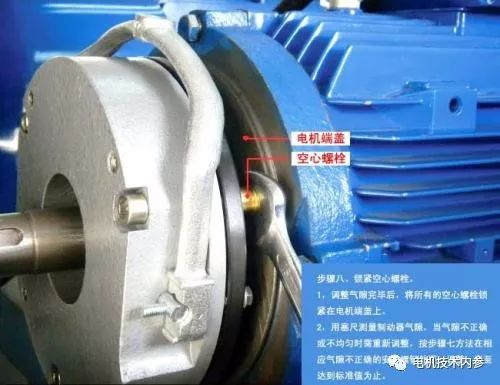
Electromagnetic brakes are commonly used additional devices for motors, and there are two types of brakes with power on and brakes with power off. The energized braking method is fast and accurate in positioning, and it is used for automatic intelligent control equipment that requires precise positioning. Packaging and printing, textile, automatic production lines and other mechanical transmission systems with positioning and braking requirements are widely used. In addition to the advantages of convenient operation and fast braking speed, power-off braking means that the equipment can be safely braked when the equipment is out of control due to unexpected power failure. Ensure the safety of people and facilities.
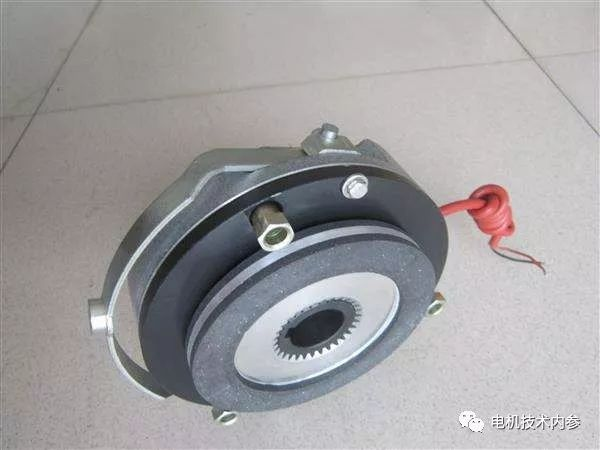
● Compact structure Although the axial dimension of the dead brake is small, the braking torque is large enough.
● Rapid response The power-off brake adopts the elastic storage device to form the braking torque, and the reset time of the elastic arrow is the braking response time.
●Long service life The de-energized braking adopts new friction material, which determines the performance of long service life.
The electromagnetic power-off brake is mainly composed of a magnetic yoke with a coil, an armature, a connecting plate, a spring, a friction disc, a gear sleeve and other components. The spring is installed in the magnetic yoke, and the armature can move in the axial direction. The magnetic yoke is fixed on the machine base by mounting screws to adjust the gap. After reaching the specified value, it does not move, the gear sleeve is connected with the transmission shaft through a key, and the outer teeth of the gear sleeve mesh with the inner teeth of the friction disc. When the coil is powered off, under the action of the spring force, the friction disc generates friction with the armature and the machine base (or connecting plate), and the transmission shaft is braked through the gear sleeve. When the coil is energized, under the action of electromagnetic force, The armature is attracted to the magnetic yoke, so that the friction disc is released and the brake is released.
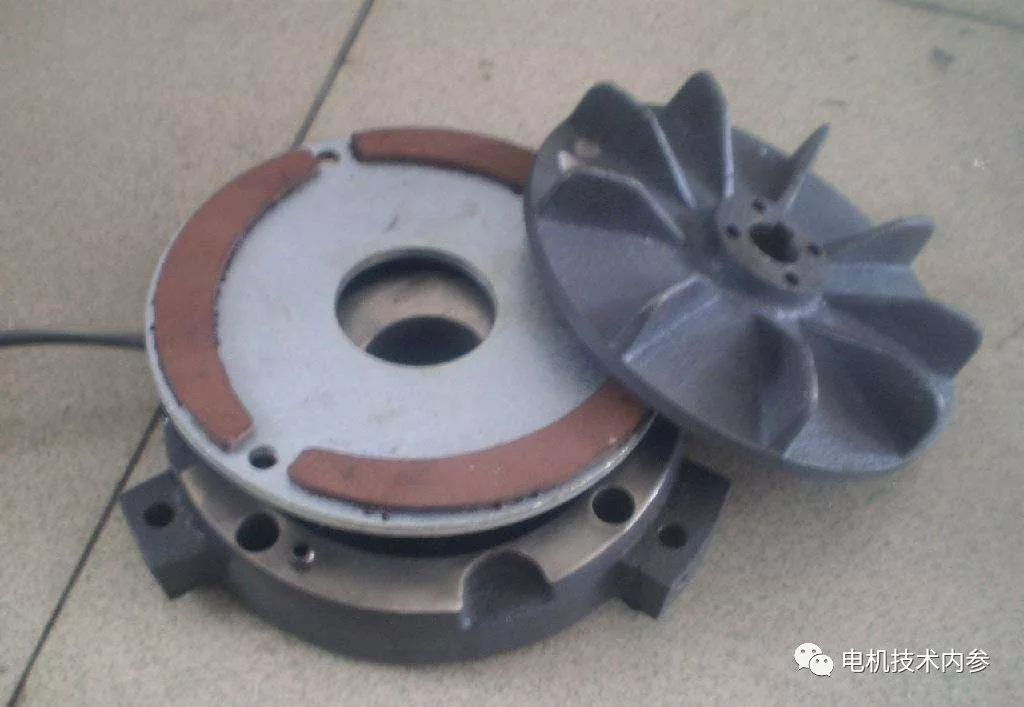
● The relative humidity of the surrounding air is not more than 85% (20±5℃)
● In the surrounding medium, there is no gas and dust enough to corrode metal and damage insulation.
● Class B insulation is adopted around the brake, and the voltage fluctuation does not exceed +5% and -15% of the rated voltage, and its working mode meets the installation control requirements of continuous working system.
● When installing, ensure the matching accuracy between the drive shaft and the brake.
● The brake must be cleaned before installation, and there must be no oil and dust on the friction surface and the inside of the brake.
● The gear sleeve must be fixed axially.
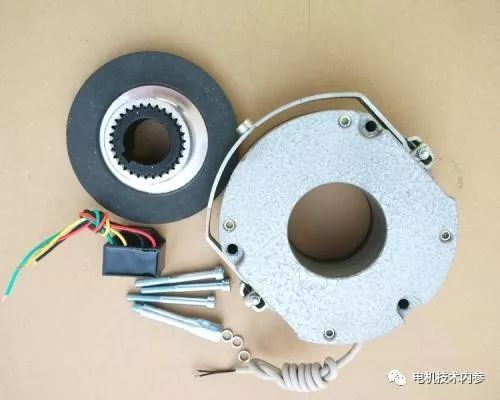
The type selection of the brake depends to a large extent on the required braking torque. In addition, factors such as the moment of inertia of braking, relative speed, braking time, and operating frequency should also be considered. The following are the modeling rules recommended by a certain brake manufacturer. Different manufacturers will have some differences, but the principles are similar.
Calculate the required braking torque: T=K×9550×P/n
Among them: T——required braking torque (Nm)
P——transmission power (kW)
n——relative speed when the brake is braking (r/min)
K safety factor (take K>2)
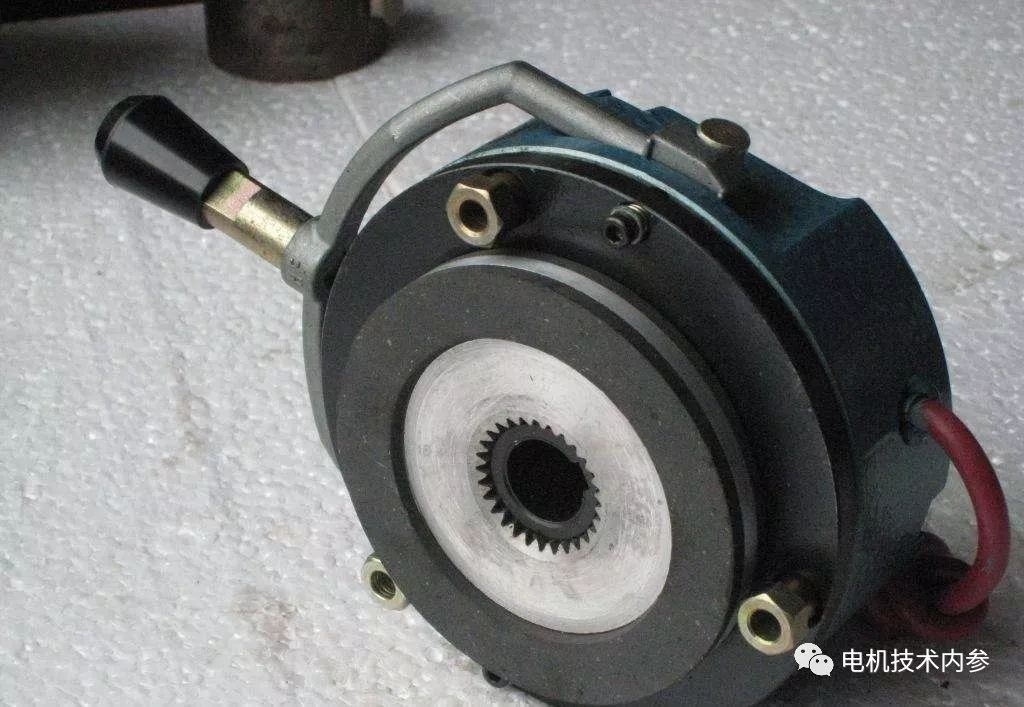
● After the brake has been used for a period of time, due to the wear of the friction parts, it is necessary to re-adjust the gap value through adjusting screws, nuts, adjusting sleeves, etc. to make it meet the specified value.
● The friction surface should always be kept clean and free from impurities.
● The brake and the motor share the power supply, and the motor and the brake must be powered on and off at the same time.
● In view of the simultaneous power supply and power failure characteristics of the two, the consistency of the rated voltages of the two must be ensured.
● The brake can only lose power and release the brake control under the rated voltage. Once the voltage is low, the motor cannot be started, and the motor will be burned; therefore, the motor with the brake must be started under full voltage.
For the short-circuit test of the motor, due to the low pressure (such as 380V three-phase asynchronous motor, the pressure is generally 100V), it can meet the static state requirements of the motor without stalling.
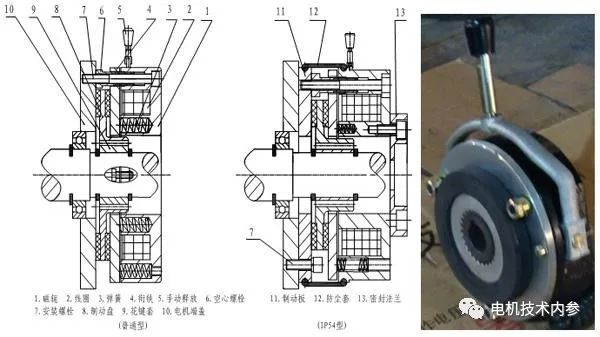
● The clearance of the brake disc is generally adjusted before leaving the factory. After the brake is installed, the conformity of the clearance should be verified, and the conformity can be judged through inspection and testing.
● The wiring of the brake should be reliable, and its terminal should be installed under the fixing nut of the motor's own wiring together with the terminal of the motor stator, so as to ensure that the original wiring reliability of the customer will not be affected when wiring. This is the fact that Ms. Shen talked about the improvement of the brake wiring in the beginning of the article, and it can be regarded as a remedy.
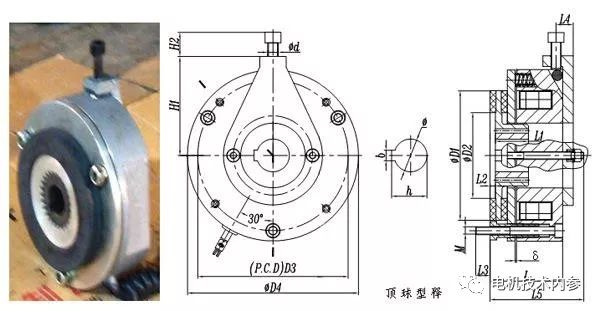
● The brake cannot be released after the power is turned on : possible reasons include coil damage; the power supply is not connected or the voltage is insufficient; the working gap is too large and cannot be engaged.
● The braking torque of the brake is not enough : the motor speed is too high; the motor load is too large; there are impurities or damage on the friction surface; the spring force is insufficient or invalid.
● Brake heat : the friction plate slips due to overload; the supply voltage is insufficient.



























 XINDA
XINDA